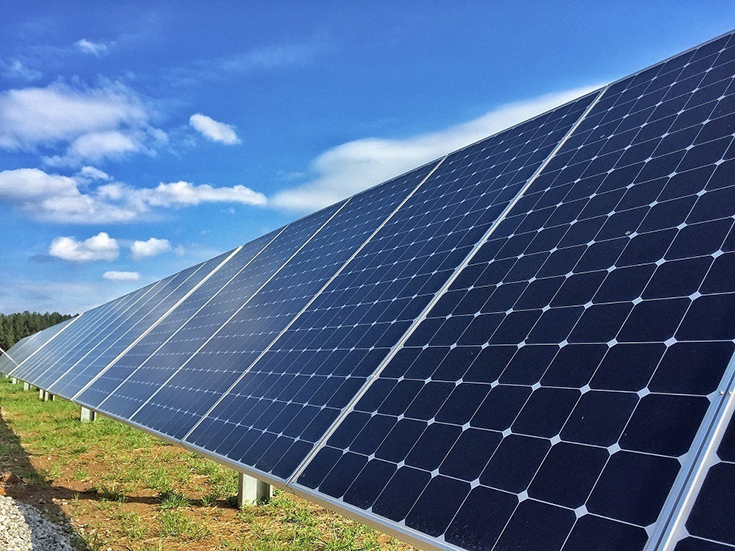Across the United States, a silent storm brews against the backdrop of the nation’s ambitious clean energy objectives. A comprehensive nationwide analysis conducted by USA TODAY has unveiled a concerning trend: local governments are implementing policies that obstruct the development of new utility-scale wind and solar power projects at a pace that outstrips the rate of their construction. This revelation not only poses a significant obstacle to the U.S.’s clean energy aspirations but also underscores a critical disconnect between national goals and local policy-making.

The United States harbors vast potential for both wind and solar energy, with certain regions boasting conditions that are particularly conducive to these forms of renewable power generation. Despite this untapped potential, local ordinances, including outright bans, moratoriums, and construction limits, are increasingly being put into place, effectively stifling the growth of these vital clean energy sources. These policies have become so widespread that, over the past decade, approximately 411 counties have enacted measures that block wind energy generation, while 116 have done the same for solar power.
This trend is not confined to a singular area but is a phenomenon witnessed across several states, each with its own tale of restriction. Notably, North Carolina, Kentucky, Connecticut, Vermont, and Tennessee have all taken steps to significantly limit or outright ban new wind projects within their jurisdictions. The situation mirrors that of solar energy, where blocks and bans are becoming more prevalent, even in counties that already possess operational solar facilities.
The implications of these local bans are far-reaching. They not only impede the progress towards the U.S.’s goal of achieving 100% clean energy by 2035 but also reflect a wider issue of resistance against renewable energy within certain segments of the population. This resistance is multifaceted, lacking a single identifiable source, and spans a wide array of objections, underscoring the complex nature of the transition to clean energy.
Counties that have introduced such impediments to renewable energy projects often cite various reasons, from aesthetic concerns to fears about property values. Yet, the outcome remains the same: significant areas of the country with high energy generation capacity are being sidelined, hindering the nation’s ability to harness its renewable resources fully.
Moreover, the imposition of restrictive zoning requirements and other bureaucratic hurdles serves as an additional barrier to the development of wind and solar projects. These include stringent setback requirements for wind turbines, which, in some instances, are so prohibitive that they render wind farm development economically infeasible. Similarly, solar energy projects face their own set of challenges, with local restrictions sometimes relegating them to such small areas that construction becomes unviable.
In light of these challenges, it’s evident that the path to achieving the U.S.’s clean energy goals is fraught with obstacles. However, it’s also clear that the potential for wind and solar energy in the U.S. is immense, offering a beacon of hope for the future. To navigate this complex landscape, a concerted effort from all levels of government, alongside public education and engagement, will be crucial in overcoming local resistance and unlocking the full potential of renewable energy in America.
As the sun sets on another day, the pursuit of a cleaner, more sustainable energy future continues. Amidst the challenges, the collective resolve to transition towards renewable energy remains undeterred, signaling a hopeful horizon for the nation’s environmental aspirations.
Related posts:
Counties are blocking wind and solar across the US — maps show energy capacity in your area
Local governments block solar, wind power, pertussis spreading, I voted contest.
Local governments are blocking wind, solar across America. What about in New York?





